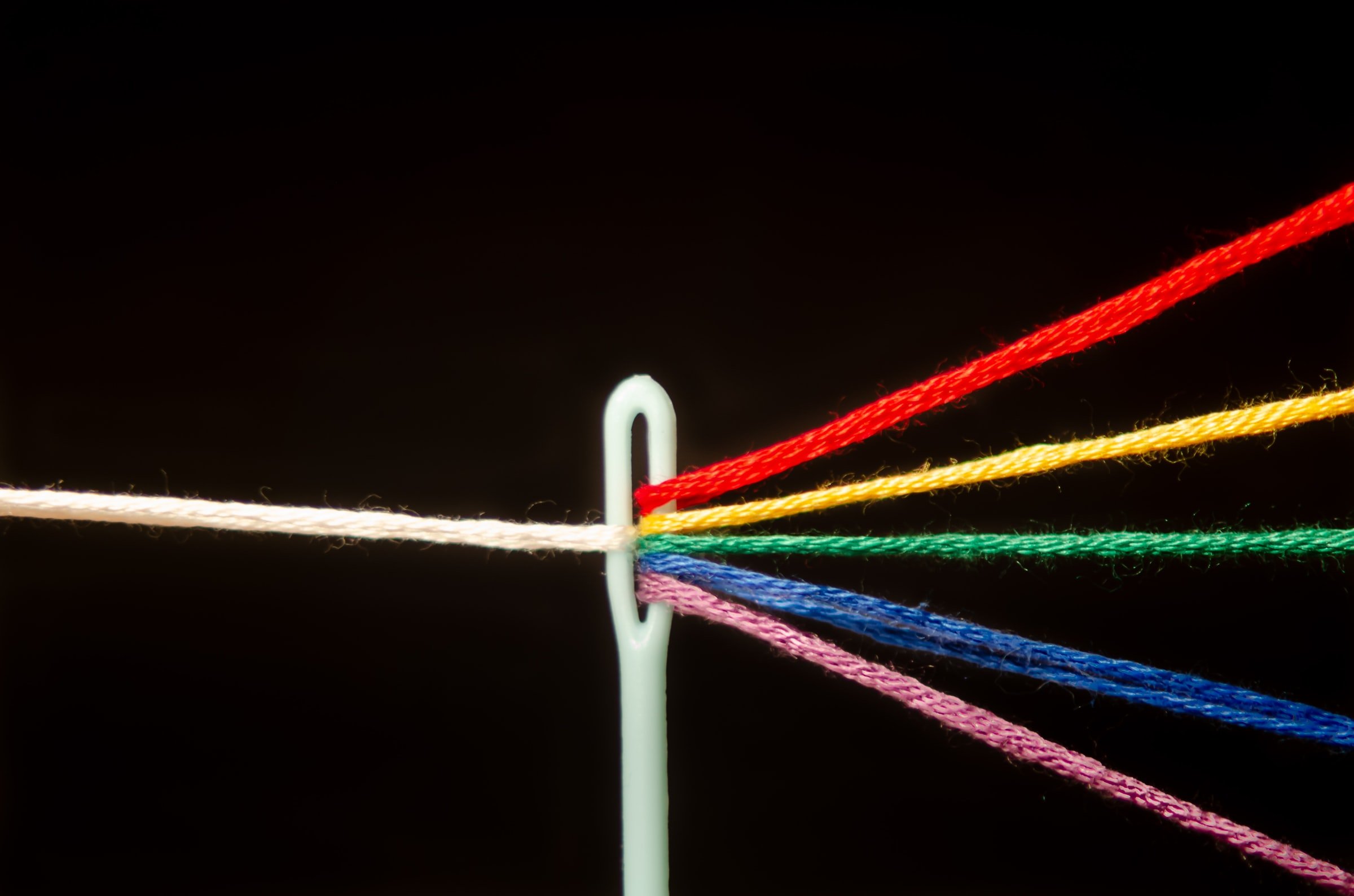Not all-or-nothing: People want more balance from online ads

This blog was originally written on 4 June 2021 and updated on 23 Feb 2024 with the most recent information and numbers.
Ad-filtering technology can deliver a happy medium where nonintrusive ads are permitted, meaning publishers can also sustain themselves while still maintaining a good user experience.
When topics like online advertising or ad blocking are discussed, a common assumption is that users see things purely in binary terms: either they like all ads and are happy to see them, or they hate all ads and want to eliminate them from their browsing experience entirely.
The truth is actually much more nuanced: people’s opinions on advertising are more of a spectrum, with the bulk of users sitting somewhere in between these two extremes. In reality, most accept the presence of ads and are happy to support the website if the ads are displayed in a respectful, nonintrusive way, and if the user feels like they have some degree of control over the ads they see.
According to a study by MAGNA and eyeo in 2023, users are open to quality, relevant ads in moderation – 62 percent value the ability to have control over the types and number of ads they see online (MAGNA, 2023). Supporting data from the 2023 eyeo Ad-Filtering Report shows that 58 percent of ad-filtering users are open or neutral to seeing nonintrusive ads, and out of them, over 65 percent are open to seeing ads if they can control what information is shared.
With this in mind, ad filtering – where ads are permitted to appear if they conform to a series of guidelines set by an independent ad standard – offers a viable way forward. After all, if the internet is to continue being such a valuable resource, it has to be a sustainable ecosystem where the needs of all stakeholders (users, advertisers, content creators, ad tech companies, publishers, privacy advocates and browsers) are met. This is why ad filtering is at the core of what we do at eyeo.
So what is ad filtering, and how does it work?
Ad filtering, unlike ad blocking, shows users nonintrusive advertisements. These ads must meet an objective set of criteria like distinction, size and placement to ensure the user experience remains positive and uninterrupted according to the Acceptable Ads Standard.
Ad filtering is applied either through a browser extension (such as Adblock Plus), a VPN, or as a default feature in some browsers (such as MS Edge, Firefox, or Opera) and works as part of the online experience ‘out of the box’. When a user requests access to a website, the technology applies business logic to identify, filter and hide invasive and annoying elements of ads, leading to an improved content experience for users.
But it’s not about blocking every ad. Filter lists, incorporated into the software, provide a set of rules that ads have to abide by in order to appear on a web page. For our ad-filtering software at eyeo, this means conforming to the Acceptable Ads Standard, which rules out the most intrusive ads, such as autoplay sound/video ads, ads that interrupt in the middle of a video, banner ads, interstitial ads (full-screen ads that cover the interface of their host app or site), large expanding ads, and that’s just to name some of the more common and prominent. These filter lists are constantly updated, helping maintain the all-important balance on the internet. (Read more - ‘Ad filtering: the ins and outs of how it works’)
Not just a case of love-hate
Since ad blockers first came to the fore, an image of a typical adopter of such tech is often what is referred to as a ‘scorched earth’ user. This is a person who rejects any kind of advertising while browsing and therefore blocks everything without exception. This stance is often borne out of bad experiences they’ve had in the past, especially in the early days of digital marketing where being bombarded by online ads was the norm.
These users turn to full ad blocking to regain a sense of control, but a complete absence of advertising isn’t sustainable in the long run. The impact of this has been seen in publishers and content creators resorting to measures like walls or anti-ad-blocking messages, which can damage the user experience and compromise trust between key stakeholders even further. In the long run, it can also jeopardize democratized access to quality information.
On the other end, you have those users who don’t use ad-blocking software at all. These are people who are either supportive or at least ambivalent towards advertising, and will therefore accept the presence of ads without complaint. Some tiny portion of them are actually against ad filtering in general.
There are plenty of people in both of these camps, but like with most other complex issues in life, the majority of people live in the middle. These are the ones that ad filtering is largely aimed at and are key to building a balanced internet in the long term.
The power of ad filtering
When user preferences regarding advertising are examined more closely, it becomes clear that many online users accept ads if they don’t disrupt their browsing experience. These are ad-filtering users. GWI data shows that 43 percent of ad-filtering users tend to buy from brands they’ve seen in advertisements and 58 percent are loyal to the brands they like. Furthermore, a survey in 2021 conducted by eyeo and Aloha Browser shows that users are open to ad filtering with more than 50 percent of users saying that they do not mind ads when
(1) they do not interfere with their tasks,
(2) they can control what kind of ads they see, or
(3) they can control their data (Global State of Ad-Filtering Report 2022).
In a recent case study in 2023, results show that Aloha Browser’s users readily embraced ad filtering since it enabled a superior browsing experience. Within no time, eyeo Ad-Filtering Solutions reached about 90 percent of Aloha Browser’s users.
Find how Aloha Browser delighted users with eyeo Ad-Filtering Solutions in this case study.
Ad filtering combines traditional ad-blocking technology with allow lists. This means that invasive elements of adverts (such as overlay ads, animated ads or pop-ups) that disrupt the browsing experience are identified and hidden before the user is able to see them, but respectful, noninvasive ads are allowed to appear on the page as normal.
Such solutions are now present by default in a number of popular browsers and provide a valuable opportunity for all stakeholders. Ad filtering ensures that advertisers, publishers and content creators can monetize their offerings in a fair and balanced way while empowering users with greater control over their browsing experience.
Recent research by eyeo backs up the case for ad filtering. By Q2 2023, 307 million ad-filtering users allowed Acceptable Ads on desktop and mobile combined, up 42 percent from Q4 2021. Acceptable Ads adoption has also grown 46 percent since their lowest point in 2019 (2023 eyeo Ad-Filtering Report).
Building balance
Once we all recognize this spectrum of opinion regarding advertising, we can move closer toward building a truly balanced internet. Ad filtering – alongside transparency and a spirit of collaboration between all parties – can help deliver this.
If you’d like to learn more about what the consumer thinks about the industry today and whether it's lived up to its promise to improve digital ads and the online experience since ad blocking first rose a decade ago, read this whitepaper by eyeo and The Harris Poll, released in November 2024. This whitepaper features exclusive consumer research alongside commentary from a range of media and marketing ecosystem stakeholders.





